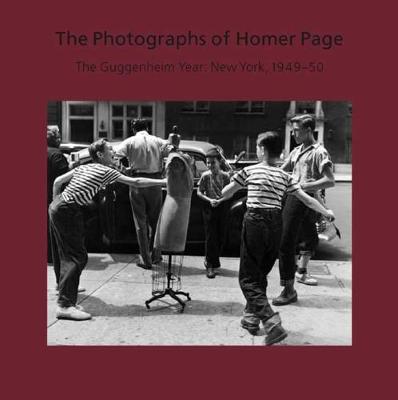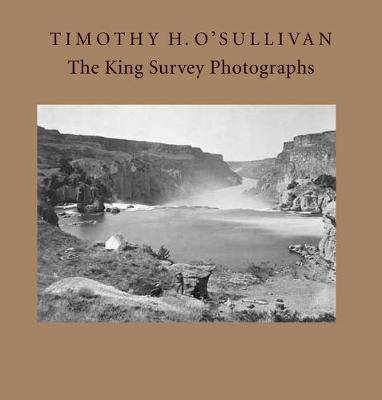Nelson-Atkins Museum of Art (YALE)
2 total works
This stunning volume represents a major photo-historical discovery: it is the first book on Homer Page (1918–1985), a brilliant but overlooked photographer active in the late 1940s and 50s. It focuses on his previously unpublished photographs of New York taken while a Guggenheim Fellow from 1949 to 1950. First recognized by Ansel Adams in 1944, California-born Page exhibited in a major show of young artists at the Museum of Modern Art, New York, in 1946. Four years later, he was invited to participate in MoMA’s seminal photography symposium, alongside 10 other prominent photographers, including Walker Evans, Irving Penn, and Aaron Siskind.
In photographs that echo those of Walker Evans, Dorothea Lange, and Robert Frank, Page uniquely synthesized documentary and artistic concerns. His work as a Guggenheim Fellow––which depicts pedestrians in motion, friends and family members conversing, commuters, children playing, political rallies and protests, and isolated figures resting and watching––offers a fascinating look at New York during the late 1940s and represents the culmination of Page’s most important work.
The Photographs of Homer Page features a plate section of these compelling and often poignant images together with texts by the artist, a bibliography, and an essay by noted scholar Keith F. Davis examining Page’s life and career––
including his connections with Lange, Nancy and Beaumont Newhall, and Edouard Steichen.
Distributed for The Nelson-Atkins Museum of Art
Exhibition Schedule:
The Nelson-Atkins Museum of Art (February 14–June 7, 2009)
Clarence King's Survey, undertaken between 1867 and 1872, covered a vast swath of terrain, from the border of California eastward to the edge of the Great Plains. It was the first survey to include a full-time photographer—Timothy O'Sullivan—who produced about 450 finished photographs in large-format and smaller-format stereographs. O'Sullivan's images convey a distinct individual quality of perception, at once direct and laconic, as well as a perfect union of objective fact and personal interpretation. As such, O'Sullivan remains the most admired, studied, and debated photographer who worked on the great western surveys of the 19th century.
This handsome and enlightening book aims to enrich and enlarge our understanding of O'Sullivan's pivotal body of western photographs by emphasizing the idea of context. This ambition encompasses several frames of reference: O'Sullivan's best-known images in relation to his larger body of survey work; the function his photographs served in relation to the survey's overall goals and methodologies; and the King Survey itself as a logical part of a complex and prolonged expeditionary endeavor. The volume also includes an essential catalogue raisonné of O'Sullivan's King Survey work.
Distributed for The Nelson-Atkins Museum of Art
Exhibition Schedule:
Art Institute of Chicago(10/22/11-01/15/12)
Nelson-Atkins Museum of Art(04/14/12-08/26/12)

